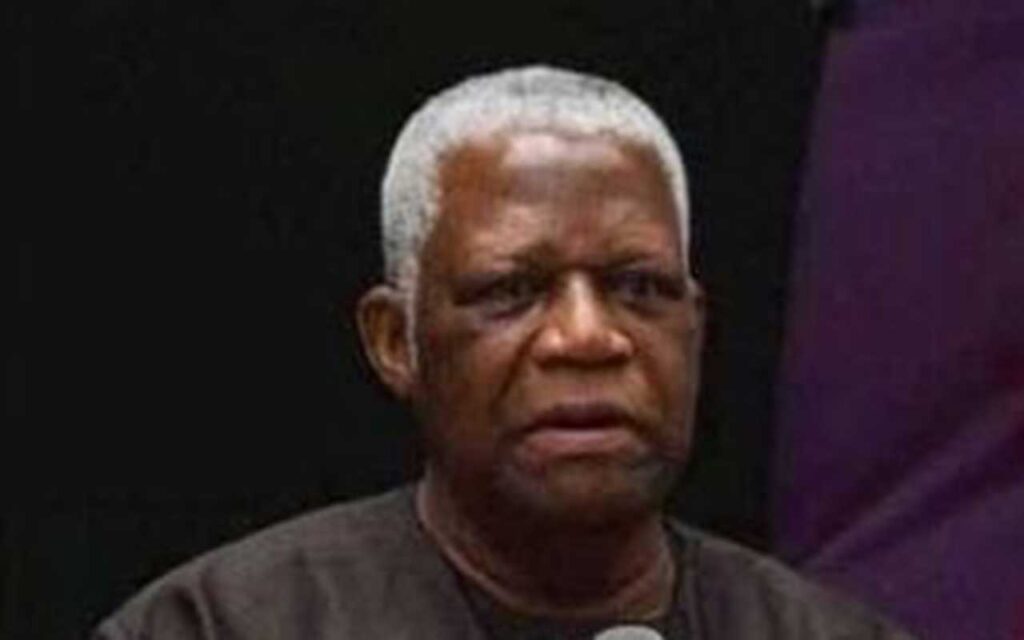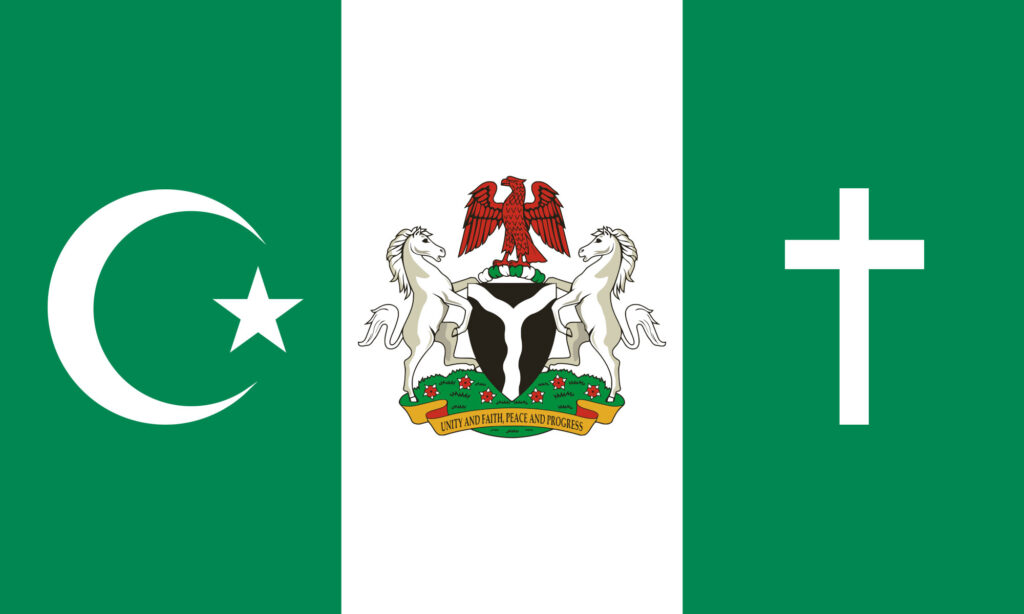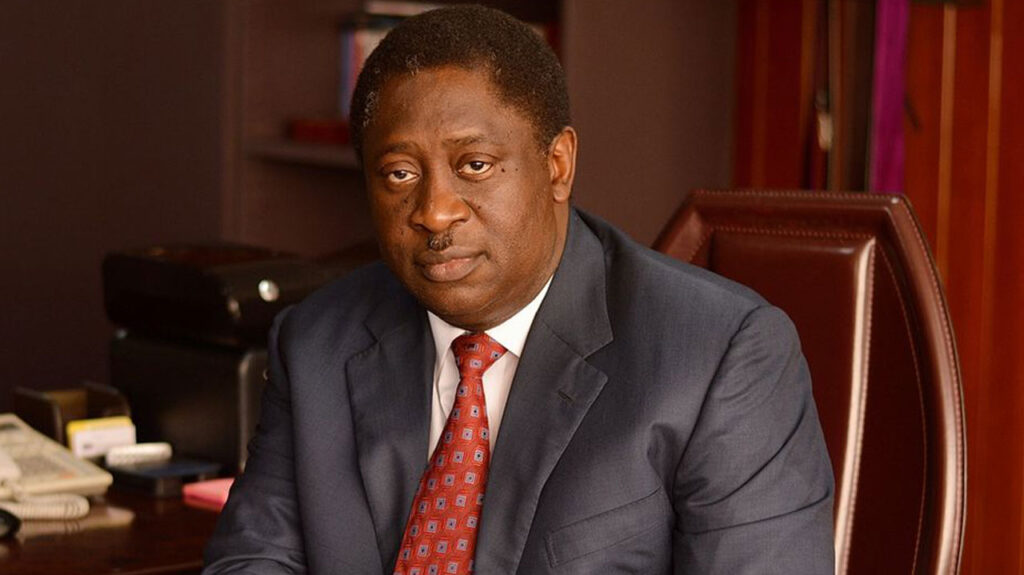
The Office of the First Lady of the Federal Republic of Nigeria has no place within the Constitution of Federal Republic of Nigeria 1999 (as amended) but has however become so ingrained in the country’s political process that it can almost be considered a norm.
The country has since independence on October 1, 1960, had a total of 13 indigenous leaders. Before 1985, Nigeria had presidents and Heads of state whose wives engaged in one form of charity project or the other, though not under the formal office structure as seen today. In 1985, however the glamorous structure now known as Office of the First Lady of the Federal Republic of Nigeria was birthed by beautiful dark skinned Maryam Babangida.
It was with her as First Lady that Nigerian women learned to identify the term ‘Better Life for Rural Women’ (BLRW) program with an office created by the wife of Nigeria’s Head of State.
Her pet project, BLRW had national structure that managed to ripple down and be replicated at state levels by wives of State Military Administrators. During that period, project activities, staff and logistics were funded by government.
Through her project, Late Maryam Babangida gave a face to problems rural women faced while trying to effectively manage their reproductive and productive roles in the family.
It was however said that the media hyped program never truly managed to alleviate the plight of rural women within the period it existed.
With the exit of the Ibrahim Babangida’s administration on August 26, 1993, ‘Better Life for Rural women program’ faded into oblivion but the Office of the First Lady magically survived and was inherited by pretty but demure Maryam Abacha who initiated her own pet projects in 1994 called Family Support Program (FSP) and Family Economic Advancement Program (FEAP).
With Honourable Justice Fati Lami Abubakar in 1998, the story was different. The term ‘First Lady’ was legitimately hers to answer during her husband’s tenure as Head of State but culture of loads of staff and logistics almost collapsed.
Many would argue that the office was not visible because General Abdusalami Abubakar had one of the shortest tenures as Head of State.
It may not be wrong however to assume that Justice Fati Lami Abubakar, being first, a lawyer and then a Justice of the Supreme Court of Nigeria understood the unconstitutionality of the office and did not want to uphold a legacy of impunity.
The Learned Justice Abubakar also had her pet project called Women Rights Advancement and Protection Alternative (WRAPA), a project that has continued to promote women rights in the country.
General Olusegun Obasanjo’s second coming as Nigeria’s President on May 29, 1999 re-grew the Office of the First Lady with his amiable wife, Stella Obasanjo creating a fresh pet project called Child Care Trust (CCT); a program that ended with Stella’s death. Beautiful Hajia Turai Yar’Adua also had her pet project called Women and Youth Empowerment Program (WYEP) and with the swearing into office of President Goodluck Ebele Jonathan, in 2010, pretty Patience Jonathan (Dame), was not left out of the pet project cycle as she initiated her own project called Women for Change Initiative (WCI).
It appeared that with each president, came a pet project that had to be executed through the ‘Office of the First Lady’ with the support of political appointees and administrative staff that had to be paid. These projects were allegedly funded by donations and grants made through processes that were neither open nor transparent so much so that the manner in which most first ladies operated left a lot to speculation.
One thing the Office of the First Lady has however showcased is the personality of each occupant and the effect their attitude and mannerisms have had on Nigerian women in particular and the country in general.
With the creation of the office came expectations from the public on what a Nigerian woman should represent – how she should act, speak and what she could or could not do.
Through the lives of our various First Ladies, women in Nigeria were sometimes grouped, assessed and stereotyped into boxes of all shapes and sizes.
If a First Lady always appeared too glamorous on television, women in other African countries sometimes mistook the affluence seen on television as good standard of life for every woman in the country.
If the First Lady was never seen at public functions or seldomly seen, it was generally assumed that women in Nigeria are not free to express themselves or hold an opinion. Even within the country, it could be said that the glamour associated with various First Ladies spread the erroneous impression that women are wasteful with public funds and therefore inept at holding public offices.
With the neglect of due process by some First Ladies in the manner they purchased government buildings and assets for family members, came another erroneous notion that women when placed in positions of authority never know how to separate public from personal interest. With overzealous protection of what may have been speciously considered personal family information by some First Ladies, another flawed impression was created in the mind of the public that an average Nigerian woman who finds herself as wife of a leader may ill advise or support her partner to hold onto power until forcefully removed.
Some First Ladies have brazenly interfered with governance at federal and state levels and created a wrong impression of female leaders as power hungry tyrants who should not be allowed to hold decision making positions; through some of them, women have been adjudged emotional, incapable of any sense of control and reasonable judgment. As erroneous as such assumptions are, women are frequently seen in such light in Nigeria.
One wonders whether women in leadership have forgotten the duty on us to ensure that unflattering stereotypes about women are not born out of our individual actions as leaders.
With the change in government on May 29, 2015, expectations are high; Nigerians want an end to boko haram insurgency, corruption, unwarranted waste of public funds and a collapse of wasteful political structures that are unconstitutional. President Muhammadu Buhari’s inaugural speech has raised hope everywhere.
Before his inauguration as president, President Buhari is muted to have said that his administration may not create or retain the Office of the First Lady; a statement given credence by Hajia Aisha Buhari who expressed the preference to be addressed as ‘Wife of the President.’
Whether this means Hajia Aisha Buhari will not maintain the Office of the First Lady is still too early in time to tell but the question to ask is ……Has the Office of the First Lady unveiled valuable lessons for women in Nigeria?
From the person of Late Maryam Babangida to Dame Patience Jonathan, women should be able to learn a lot about being in the limelight. From some of our first ladies, women have seen what it means to be graceful.
We have equally seen how easy it is to be wasteful with public funds. From some of them, we have learned what it means for a woman to face constructive or disparaging criticism. From some, we have learned how dreadful excessive quest for power and control of others can be.
From others like the Learned Justice Fati Lami Abubakar, we have learned how a woman’s reproductive and productive roles could be juggled while at the same time supporting a husband in political office; still from her, we have learned how modesty and respect for rule of law could play a vital role in political decisions our partner takes as a leader.
Some first ladies have taught Nigerian women how truly, power intoxicates. The lessons are many but have not been all bad.
Ironically, one lesson every woman should learn perhaps comes from recent personalities that have served as First Ladies.
For the women in question, it may be said that their personality may not have in any way endeared them to Nigerians because of the manner in which they unduly interfered in government affairs using unconstitutional structure of the First Lady’s office.
As expected, public criticisms and ridicule frequently trailed their actions. Most statements allegedly credited to them almost always went viral and became the butt of jokes at comedy live shows.
For most women, being the object of so much comic relief and caustic criticism would have had the effect of driving us back into our shell and out of public eye but the persons in question were not fazed. It appeared that as public ridicule of their speeches grew, these plucky ladies increased their public appearances. For one of our first ladies, criticisms apparently gave her an inner strength and spirit to make more public speeches using local languages and pidgin English.
The lady in question showed that as much as a good command of English language is of value to a public figure, a woman’s command of any language should not be a deterrent to speaking out in public especially where your audience understands your choice of language.
She showed that by speaking out in public, we gain courage and learn even amid mistakes. We now know that all a woman needs to communicate her message in public is courage and self-confidence.
With lessons, so far learned, one fact is clear at this point….whether the office of the First Lady of the Federal Republic of Nigeria magically survives again or not, Nigerian women look forward to new lessons from Mrs Aisha Buhari. We wish our stunning first Lady well and pray she gives Nigerian women good reasons to remain proud of womanhood in the coming years.
• Nkechi Jane-Frances Odinukwe is a Legal Practitioner and Gender Activist based in Abuja.










